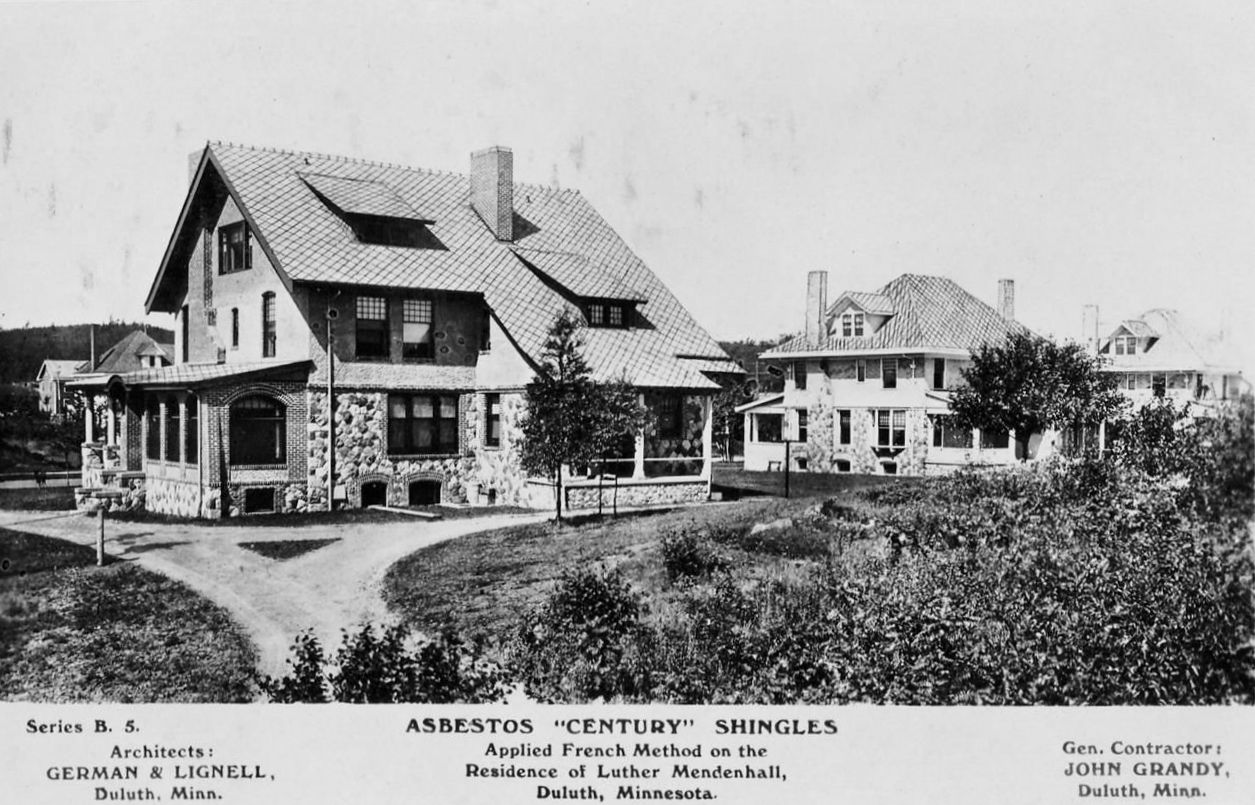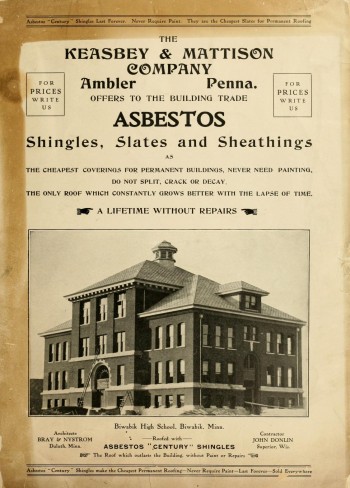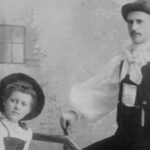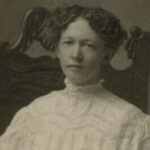Mystery Photo #17: Residence of Luther Mendenhall
Did those asbestos shingles last a century? Is the Luther Mendenhall residence still standing? Where is it, or where was it?
The trusty old internet provides a reasonable amount of info on Mr. Mendenhall’s life:
- Born Martin Luther Mendenhall on Aug. 7, 1836, near Philadelphia in the town of Concord (now called Mendenhall), in Chester County, Penn.
- Studied law at the University of Michigan.
- Served the Union Army during such famous Civil War battles as the Second Battle of Bull Run, Fredericksburg, Antietam and Gettysburg.
- Married Feb. 7, 1867, in Philadelphia to Ellen “Ella” Randall Watson.
- Arrived in Duluth in 1869 as secretary of the Western Land Company, with the assignment to complete Jay Cooke’s Lake Superior and Mississippi Railroad, and oversee other investments.
- Acted as treasurer of Duluth in 1877, following the loss of the city charter.
- President of the Duluth National Bank.
- Director of the Duluth Chamber of Commerce in 1886.
- Partner in the ownership the Duluth Street Railway Company, Duluth Dry Goods and Duluth Shoe Company.
- Passenger on the first trip of the Incline Railway up Seventh Avenue West to Duluth Heights on Oct. 2, 1891.
- Divorced in 1895.
- Married Katherine Belle Hardy on Oct. 6, 1898, in her home town of Chicago.
- First president of the Duluth Library Association and second president of Duluth’s Parks Board.
- Died Sept. 26, 1929, in Duluth.
The shingles on the residence, by the way, came from Keasbey & Mattison Co. of Ambler, Penn., which featured Biwabik High School on the cover of one of its promotional brochures.
Recommended Links:
Leave a Comment
Only registered members can post a comment , Login / Register Here















13 Comments
Suzy
about 10 years agomarkryan
about 10 years agoPaul Lundgren
about 10 years agoTimK
about 10 years agomarkryan
about 10 years agohbh1
about 10 years agohbh1
about 10 years agoTony D.
about 10 years agoDorkus
about 10 years agowaferdog
about 10 years agoPaul Lundgren
about 10 years agoGerry Burke
about 10 years agoPaul Lundgren
about 9 years ago